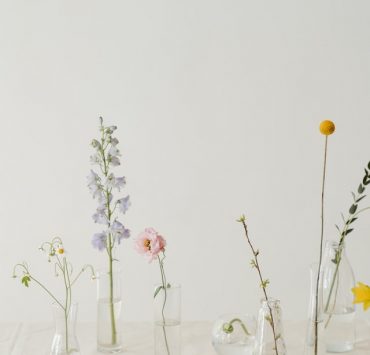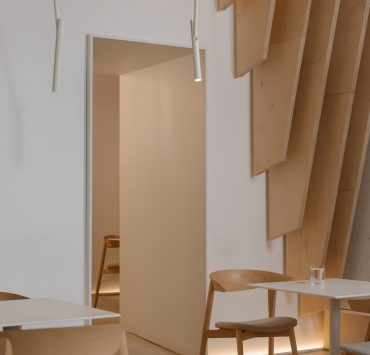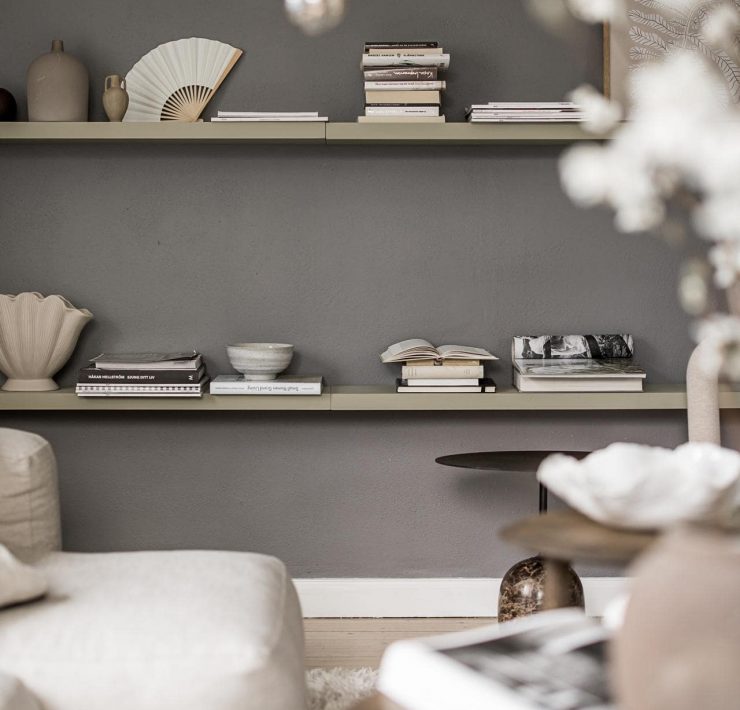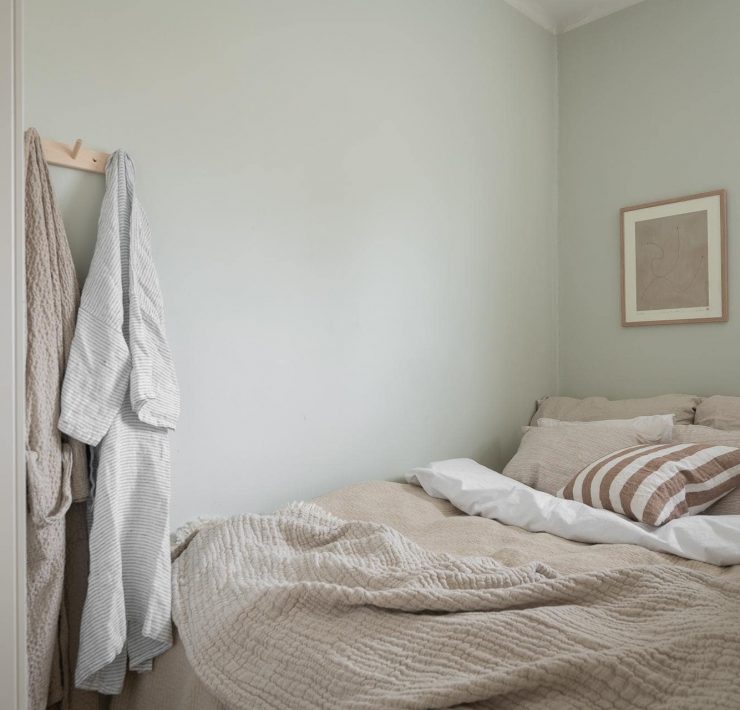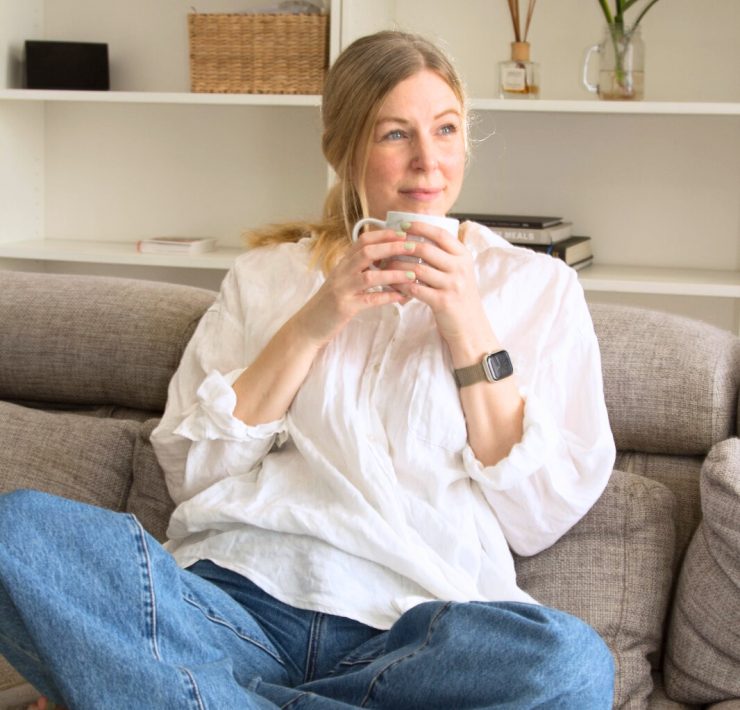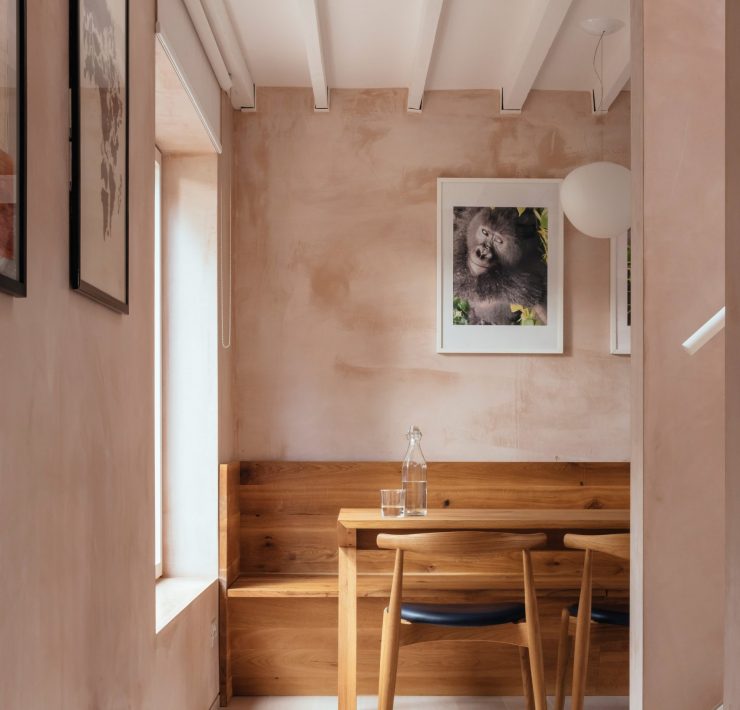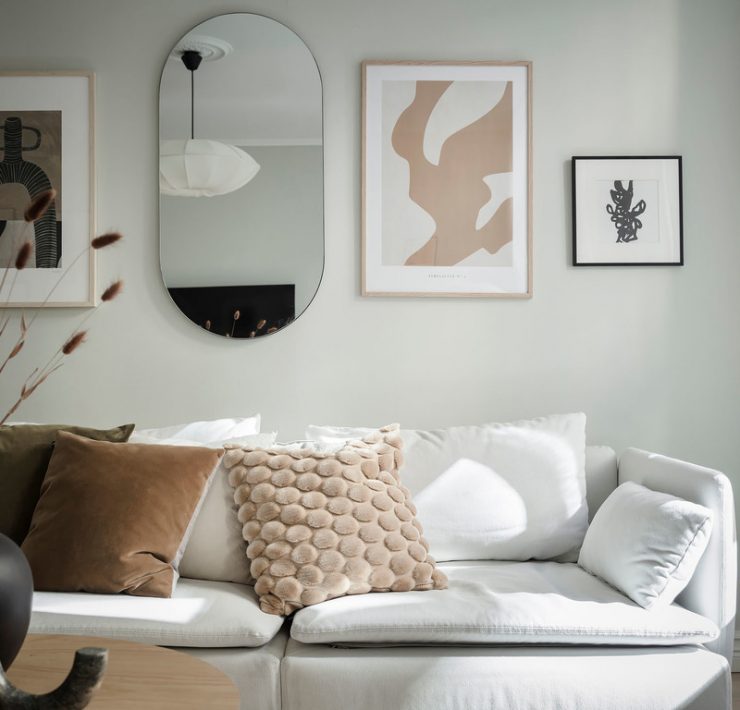Home » Interior Spaces » What is the wabi-sabi design style?
What is the wabi-sabi design style?
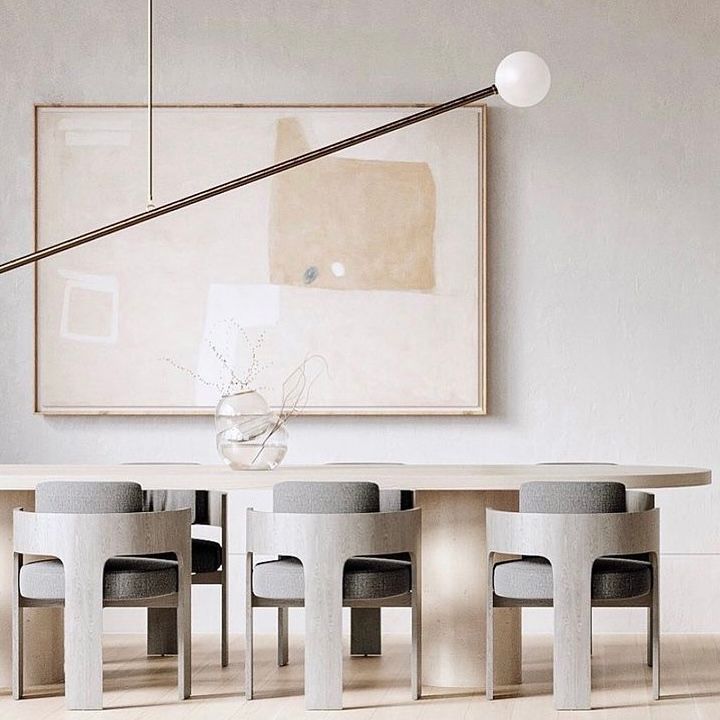
The Wabi-sabi design style comes from a Japanese aesthetic that dates back to the 15th century. It arose in response to the prevailing fashions of the time, which emphasized over-ornamentation, opulence, and the use of rare materials. (This is completely the opposite of what Japandi interior designers are currently doing with the Japandi interior style.)
Wabi-sabi alone, on the other hand, is all about discovering beauty in imperfection. It entails establishing a strong connection to the land and taking delight in the basic joys of life.
Above all, it emphasizes the value of authenticity and the pursuit of authenticity in all facets of one’s life. Wabi-sabi is more of a guiding philosophy than a design trend for certain people. It’s about learning to accept things as they are rather than hoping for something better and retraining oneself to look for the good in less-than-ideal circumstances.
Even if you’re not ready to go all-in philosophically, incorporating some of these concepts into your home’s design might be a good place to start.

—— Back when I started my blog journey the blogs motto was: imperfection makes perfect. Hence this type of philosophy is something I truly care, stand by and wish to study and live by even more so, in my pursuit of meaningfulness.
Learning to accept things as they are rather than hoping for something better

Credit: Conrad Architects
How to get the wabi sabi interior design style?

Use natural materials
Because one of the main principles of wabi-sabi is to reconnect with nature, it’s no wonder that natural materials are frequently employed in this interior design style. These materials can be used regardless of your aesthetic preferences. Someone who likes Nordic design, for example, may choose light woods, but someone who prefers Mediterranean design might use terra cotta.
Keep in mind that authenticity is vital regardless of the materials you employ. In this case, shopping for the real deal rather than mass-produced knockoffs is the wiser choice. Consider acquiring your decor components outside of big-box stores to break away from the norm. Locally owned companies, flea markets, and craft exhibits are all viable possibilities.
These are some examples of materials that you can use for this style:
Stoneware With Soul
Ceramics are a remarkable Japanese export, valued for their attention to detail and craftsmanship. This indigo bowl combines dynamic materials with rich color and natural design, making it ideal for use as part of a mixed collection or as a stand-alone item in true Wabi-Sabi style.
Futagami Brass
Futagami, a brass livingware brand created in Takaoka in 1897, is perhaps the first to completely express the particular materiality of brass. Futagami has been associated with delicate brass objects that are both ornamental and useful. The oxidation of the brass will age gracefully over time, making each Futagami piece a long-lasting artwork.
Wabi sabi is all about discovering beauty in imperfection
Linen Details
While linen is often associated with rustic European interiors, Wabi-Sabi’s emphasis on natural materials and textural harmony makes linen an ideal fabric complement. Napkins, tea towels, and bed linen are all good choices for finishing touches.
Farmhouse Floorboards
Raw, deep timbers are the dominant flooring in this style, particularly with an organic form or grainy quality.
Dipped Ceramics
A contrast of raw and glazed ceramics is a hallmark of the Wabi Sabi style, found in all manner of tableware and decorative ornaments.
A Timber Stool
Traditional Japanese stools, such as old timber stools, combine natural components with flawed forms. These are ideal for exhibiting a few small things, books, or fabrics, both aesthetically and usefully.
Textured Pendant Lamps
Natural textured pendant lamps contribute to the style’s warmth. The lighting design is made from a copper-plated frame with a banana fiber/linen shade, giving it a delicate touch.
Lacquered Wallpaper
Handmade lacquer ‘urushi,’ created from the sap of the urushi tree, is used as a natural living lacquer for screens, cabinets, and wallpaper in traditional Japanese architecture. It’s ideal for kitchens and bathrooms because it’s water-resistant.

Credit: Via Home Designing
Color palette
Nature provides a relaxed neutral palette of browns, greys, greiges, greens, whites, and creams that mirror the natural materials that make up your interior design plan.
Natural light and the interplay of subdued hues create a sense of cozy and enveloping luxury in this palette, which produces tranquil and harmonious spaces. It’s a look that goes well with the natural pastels of a Scandinavian scheme or the Mediterranean’s burnt earth tones.

Credit: Design by Anna Claus Interiors found via Vosgesparis
Keep it simple
Once you have your design elements in place, it’s crucial to think about how you’ll go about putting all of the pieces together. With wabi-sabi, simplicity is key. You’ll want to allow your sourced pieces space to shine on their own and, whenever possible, to bring an element of nature into the room.
When it comes to executing those plans, your best chance is to concentrate on the layout. Interiors with a Wabi-sabi aesthetic encourage pared-down layouts with functional items as the main point. Make the room work around the furnishings and leave lots of empty space. When it’s time to think about accessories, look for products that are both decorative and utilitarian. Decorative bowls and trays, as well as houseplants that may lend a touch of freshness to the environment, are always good choices.
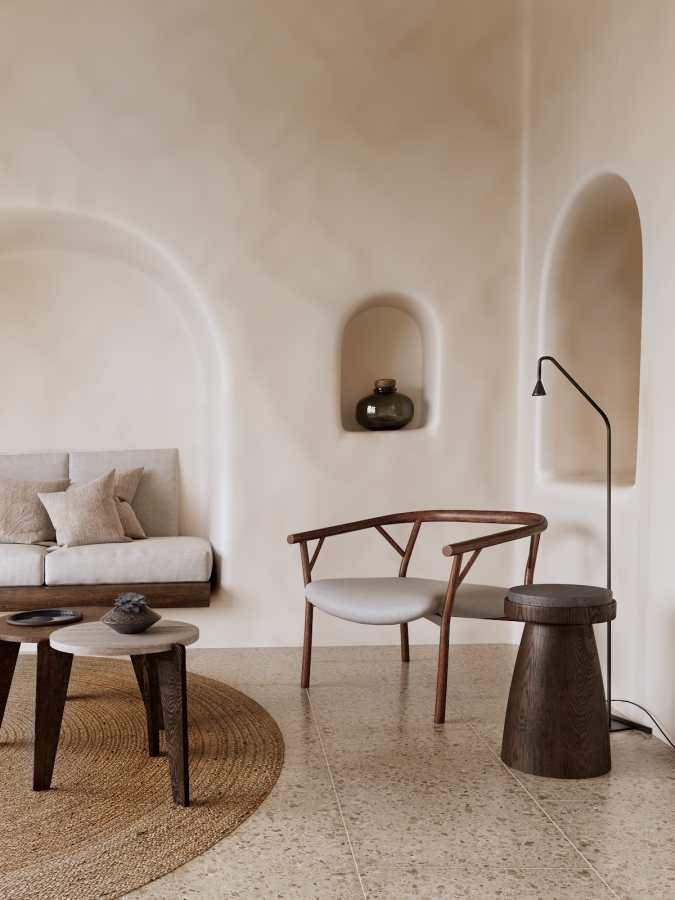
Credit: Alexandr Belkov
With wabi-sabi, simplicity is key
Embrace imperfections
Our final point is the most crucial. Usually, when we talk about adding finishing touches to your interior design, we’re talking about how to make it seem finished or professional-looking. In this scenario, you’re attempting to achieve the polar opposite. Wabi-sabi is all about consciously attempting to find beauty in existing flaws. With that in mind, don’t be afraid to leave a rough edge on your final product.
In a wabi-sabi interior, less is always more. Quality objects that embrace a sense of history or old items that continue to perform the functions of the new, all play into an interest in sustainability and the desire to step away from the pressures of everyday life into a home that embraces our imperfections by being comfortable with its own.
That broken decorative plate you reassembled after it fell? You may place it in a significant location. Keep in mind that there’s a distinction between appreciating the essence of wabi-sabi and allowing everyday clutter to destroy your design. Where that line is drawn will be personal to each of us, but you should always ensure that your aesthetic choices are useful.
Design inspiration may come from everywhere. We may thank 15th-century Japanese philosophy for providing us the elements of wabi-sabi in this circumstance. In our opinion, the year 2022 will be all about accepting imperfections and personal authenticity, making the wabi-sabi design style a must-have in your home this year.
Lastly, I would like to leave you with these 3 questions to ask yourself when thinking about creating a wabi sabi interior style, and that also goes into how I would in general think about creating meaningful interiors.

Related
I am Caroline, an ex interior design consultant, turned into a content creator, 30+ something Swedish born with an insane passion and interest for design, blogging, and living a meaningful and creative life. Design to me is about creating a (your) story – it is about understanding what matters and how to create something unique and meaningful which speaks and motivates you.


